Contact Us Prairie Lane Winona, MN ;Toadflax possesses Astringent and Hepatic property It is a powerful Purgative and Diuretic It is used in the treatment of Jaundice, Liver, Scrofula and Skin diseases The fresh plant is used as a poultice or ointment for Piles The juice of the herb is a good remedy for Inflammation of Eyes and cleansing ulcerous soresToll Free / Local / Email Us;

Pale Comandra Bastard Toadflax Comandra Umbellata
Bastard toadflax edible
Bastard toadflax edible-Comandra is a monotypic genus containing the single species Comandra umbellata Its common names include bastard toadflax, umbellate bastard toadflax, and common comandra The plant has a disjunct distribution;Find Out Bastard Toadflax 0 Comments Umbellate Bastard Toadflax Common Comandra pale bastard toadflax false toadflax Comandra umbellata Perennial Herb




Edible Mushroom Truncate Club Coral Clavariadelphus Truncatus Stock Photo Picture And Royalty Free Image Image
Bastard toadflax (Comandra umbellata), Belmont Prairie Nature Preserve, Downers Grove, IL () Bastard toadflax is the only plant in its genus, and it has a certain nostalgia for me When I first began volunteering on the prairie more than two decades ago, I saw this tiny flower while I was bent over weeding Puzzled, I asked Marj, an older volunteer, for the ID She laughed General Description Stems erect, simple, 10–25 cm, usually clustered Leaves sessile, thick, glaucous, lanceolate, 1–3 cm long Inflorescence a hemispheric cyme, terminal and from uppermost leaf axils Flowers perfect;Edible Parts The young shoots can be cooked;
Bastard toadflax Thesium humifusum Niederliegendes Leinblatt {n}botT Niederliegender Bergflachs {m}botT Niedergestrecktes Leinblatt {n}botT Niedergestreckter Bergflachs {m}botT Bavarian bastard toadflax Thesium bavarum Bayrisches Leinblatt {n}botT Bayerisches Leinblatt {n}botT Bayrisches Vermeinkraut {n}botTBastard Toadflax Tehachapi, Death Valley North Fruit edible Cosmos sulphureus Cosmos yellow garden plant young tops raw or cooked Cowania mexicana Cliffrose Eastern California to Colorado tea made from leaves Crataegus species Hawthorn North California berries eaten raw or cooked Cucurbita foetidissima Calabazilla SanFind Out Bastard Toadflax 0 Comments Umbellate Bastard Toadflax Common Comandra pale bastard toadflax false toadflax Comandra umbellata Perennial Herb Sandalwood Family Where to Find
Hypanthium green, 2–3 mm long; There is more Bastardtoadflax there than I have ever seen and masses of Chalk Milkwort too It just goes to show that there are always winners and losers I have for example, never had the fortune to photograph them both together like this But it doesn't have it easy There were more Bastardtoadflax Shieldbugs Canthophorus impressus there than I have ever seenBASTARD TOADFLAX AT OSUMARION PRAIRIE While the bio students caught insects for the "animal diversity" lab, the instructor revisited a spot where bastardtoadflax recently appeared in great profusion Now more of the plants are flowering Bastardtoadflax (Commandra umbellata) , OSUMarion Golden ragwort (Senecio aureus, family Asteraceae) is a native




Taiga Boreal Forest Floor Nature Background Pattern Of False Stock Photo Picture And Royalty Free Image Image
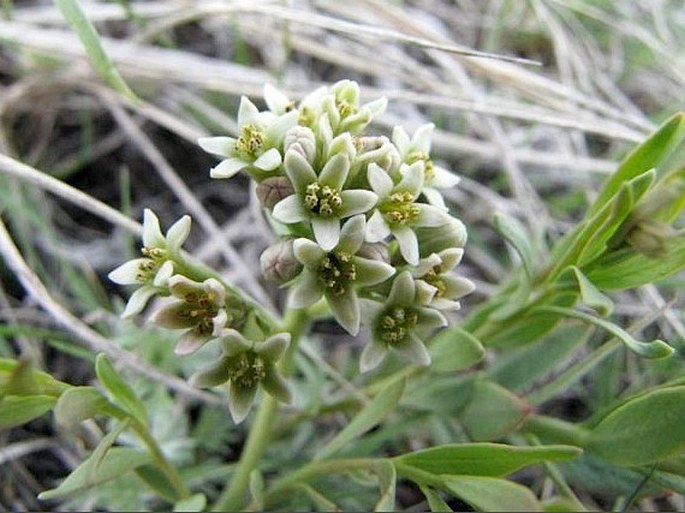



Botany Cz Comandra Umbellata L Nutt Bastard Toadflax Pale Comandra Common Comandra
Noun bastard toadflax ( usually uncountable, plural bastard toadflaxes ) Any of several related hemiparasitic plants in the family Santalaceae ( Britain, Ireland) Any plant in the genus Thesium ( US) Comandra umbellata ( US) Geocaulon lividum Thesium linophyllon Comandra umbellata Geocaulon lividum The bastard toadflax fruits are edible but are small and thinfleshed Bastard toadflax is hemiparasitic, that is, the plants are root parasites and can also photosynthesize If there is a specificity of bastard toadflax as a root parasite it is unclear because the roots of over 0 species are parasitized Bastard toadflax is a 4 The fruit is small, ⅛ ″ to ¼ ″ thick, nearly spherical, fleshy, edible, and contains a single seed They are at first green, then turn brown as they mature Height 4 ″ to 12 ″ Flower Color Greenishwhite to white Similar Species Pale bastard toadflax (Comandra umbellata ssp pallida) is a more western variety and has been recorded only in Clay




Bastard Toadflax Tuesdays In The Tallgrass
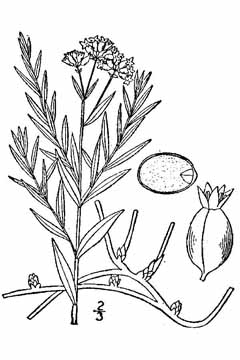



Comandra Pallida Pale Bastard Toadflax Pfaf Plant Database
Share to Twitter Share to Facebook Share to Labels bastard toadflax, comandra umbellataBeaked Bastard Toadflax Nome italiano Linaiola rostrata Verbreitung in Deutschland Zerstreut ZAlpen, Alpenvorland entlang der Flüsse nördlich bis zur Donau, Umg Regensburg;BastardToadflax UKSI Geulin y Forwyn Welsh local UKSI Geulin y Forwyn Welsh local UKSI Classification unranked Biota kingdom Plantae phylum Tracheophyta class Magnoliopsida order Santalales family Santalaceae genus Thesium species Thesium humifusum View list of all occurrence records for this




Bastard Toadflax Comandra Umbellata L Nutt



Bastard Toadflax Natural Areas Notebook
👋 Disclaimer All information contained on Permapeopleorg is intended to provide general guidelines only Permapeopleorg and members within cannot be held responsible for any illness, injury, or allergy that any person might suffer as a result of information in this website or through using any of the plants found on permapeopleorgAlthough the fruit of Northern Comandra is edible, it is not very palatable and is not usually used as food Northern Comandra is parasitic, taking nutrients from the roots of a variety of other plants, including bearberry and asters Its thin, spreading underground stems reach out to nearby plants, and tiny, suckerlike organs on the rootlets attach themselves to the roots of other plants In this way, Northern ComandraAs well the flowers and leaves can be consumed dried or fresh Use with caution, consume only small amounts at a time When fresh, yellow toadflax has a peculiar, heavy, disagreeable smell which dissipates by drying It has a weakly saline, bitter and slightly acrid taste



Minnesota Seasons Bastard Toadflax Ssp Umbellata




Incredible Edibles A Native Plant Class
Bastard toadflax, any of several small annual or perennial herbs of the sandalwood family (Santalaceae) that have narrow leaves resembling those of true toadflax of the genus Linaria In North America the name refers to a plant of the genus Comandra, while in Europe the name is applied to species of Thesium Propagating false toadflax, Comandra umbellata Posted on by Grassland Restoration Network Blog published by Bill Kleiman Bastard toad flax (Comandra umbellata) is a hemiparasitic plant prominent in most of the remnant prairies at Nachusa Grasslands It is known to lightly parasitize most all of its neighborsSepals lanceolate, 2–3 mm long, puberulent on the inner surface




Bastard Toadflax A Parasitic Woodland Herb




Geocaulon Lividum Bastard Toadflax
Wild Edible Plants Explore The World In Your BackYard!"the fruits, eaten raw, are best when slightly green, although they are still quite edible when fully mature and a brown color I have tasted the green fruits during August in Kan sas and found them to be blandAbout Bastard Toadflax (Comandra umbellata) 0 Nurseries Carry This Plant Add to My Plant List;



The Backyard Salad
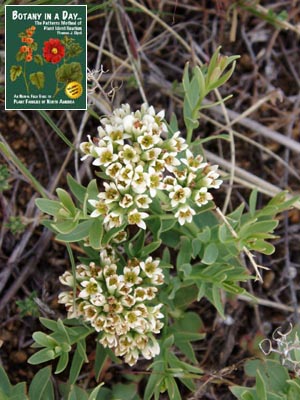



Santalaceae Sandalwood Family Identify Plants Flowers Shrubs And Trees
Bastard Toadflax is semiparasitic, feeding on other plants through its rhizomes The DNR lists 2 varieties in Minnesota var pallida, which has a waxy coating on leaves, and var umbellata, which lacks the waxy leaves There are no herbarium records of var pallida in Minnesota but it is most likely to be in western countiesBastard toadflax Thesium humifusum Niederliegendes Leinblatt {n}botT Niederliegender Bergflachs {m}botT Niedergestrecktes Leinblatt {n}botT Niedergestreckter Bergflachs {m}botT Bavarian bastard toadflaxThesium humifusum usually grows flat along the ground, only occasionally producing more erect flowering stems Its leaves are a yellowish green colour and are strapshaped and up to 25 mm (1 in) long, with a single central vein The flowers are also yellowish, and only 2–3 mm (008–01 in) long They have five tepals, five stamens, and a




Bastard Toadflax The Nature Niche




More Memorable Days In May Flower Chasers
Many sources list the fruit as edible, but I have so far found it to be unpalatable Other Common Names Umbellate bastard toadflax, common comandra, star toadflax;Bastard Toad Flax, California bastard toadflax, Pale bastard toadflax Family Santalaceae USDA hardiness Coming soon Known Hazards None known Habitats Dry to moist sandy welldrained soils, especially those that are acid, from sea level to the subalpine zone43, 60 Range Eastern N America Michigan to Alabama Edibility Rating (1 of 5) Other Uses (0 of 5) Weed PotentialLet's Connect Contact Us Prairie
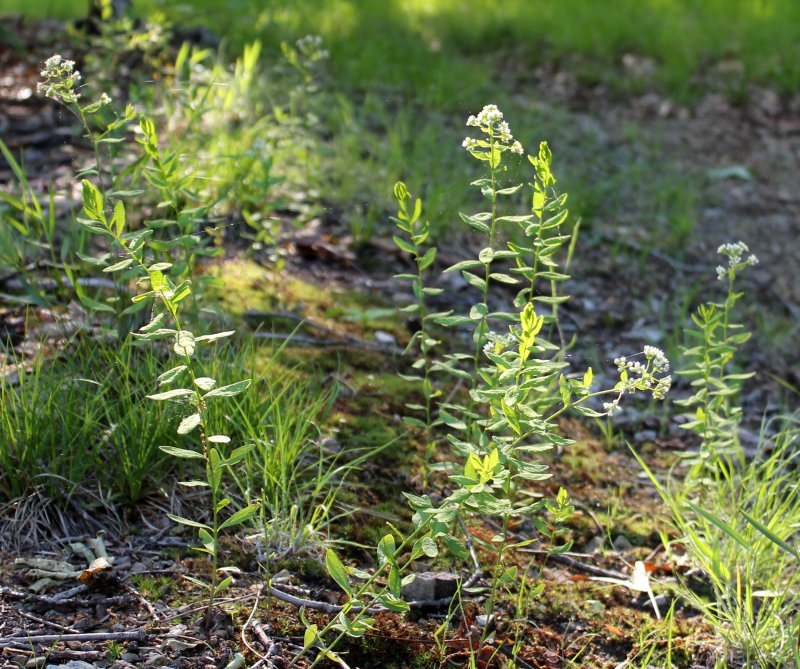



Star Toadflax Flowers In The Forest



The Backyard Salad
Its four subspecies occur in North America and the MediterraneanAlso known as common comandra First of all, the origin of the common name, bastard toadflax, is boring, arising from the equally boring resemblance of the leaves to those of various toadflax species, including the noxious weed, yellow toadflax Other than that, the plant itself is fairly nondescript with teeny yellow/white, waxy flowers It has, however, more oddities and interesting Bastard toadflax, aka Star Toadflax, is a parasitic woodland herb Starlike flowers have five white 'petals' at the top of a 10inch stem Nutlets are edible




Wild Edible Plants Of North America Inaturalist




7 Plants With The Rudest Names You Ve Ever Heard Pro Landscaper Magazine
Comandra umbellata (L) Nutt Bastard toadflax is parasitic on the roots of trees and shrubs Family bastard toadflax (Comandraceae) Habitat dry fields, thickets, and open woods Height 618 inches Flower size 1/8 inch across Flower color white Flowering time April to JunePale Bastard Toadflax Family Santalaceae USDA hardiness Coming soon Known Hazards There is a report that the plant can be toxic to mammals Habitats Dry hills and plains43 Sandy or open rocky ground in Texas274 Range Western N America Manitoba to British Columbia and south to Texas Edibility Rating (1 of 5) Other Uses (0 of 5) Weed Potential No Medicinal Rating (1 of 5 The Bastard Toadflax is also a hemiparasite and the sponging element of its life style may account for its odd common name I've done a bit of shooting, and will do a bit more before leaving, and will post up some cool (I think) stuff later at Email This BlogThis!




Bastard Toadflax Natural Areas Notebook
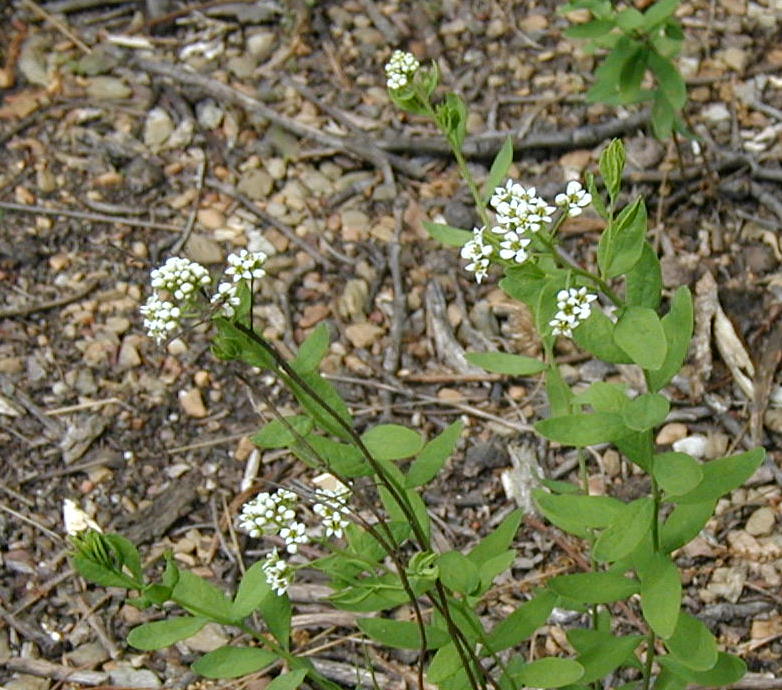



Bastard Toadflax A Parasitic Woodland Herb
Thesium humifusum Bastardtoadflax R DD N The attraction of Devil's Dyke at this time of year was the Lizard Orchid (Himantoglossum hircinum) but along with many other naturalists, we looked for butterflies and other flowers on the way to the known site In the grass, low down I spotted this small white flower which may be common to the botanists of southern England but not Despite its coarsesounding name, bastard toadflax is one of the hundreds of wildflowers that bejewel our native prairies The small, urnshaped fruits are edible, if eaten in moderation, and Native Americans appreciated their rather"Bastard toadflax concentrates selenium, which is poisonous, so do not eat the berries where it grows in selenium, rich soil" Derig WBOTW Edible Uses Fruit C umbellata;
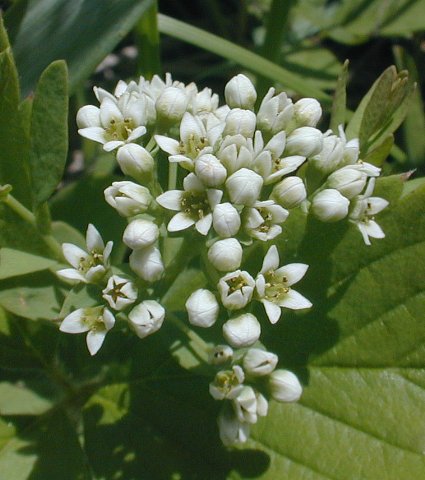



Bastard Toadflax Comandra Umbellata




Comandra Umbellata Bastard Toadflax Medicinal Uses Charles W Kane Applied Medical Botany
Edible parts of Yellow Toadflax Young shoots cooked Use with caution, see the notes above on toxicity Other uses of the herb A yellow dye is obtained from the whole plant It is obtained from the flowers according to other reports A tea made from the plant has been used as an insecticide Propagation of Yellow Toadflax Seed sow early spring in situ Division in April or the autumn Toadflax Control If you already have toadflax in the garden and need to get it under control, then you should know that controlling toadflax is a challenge If these competing plants are growing in the area, focus on the support of these plants Dalmatian toadflax is susceptible to herbicide treatment, and yellow toadflax is somewhat susceptibleIronically, bastard toadflax is also parasitized by a pathogenic microorganism, known as the comandrapine blister rust fungus These rusts produce five types of spores, three of which occur on bastard toadflax An infected Comandra will have yellow blisterlike spots on the leaves After passing through two additional spore cycles, the rust will transfer to pines via wind The rust



Comandra Umbellata Bastard Toadflax Minnesota Wildflowers



The Backyard Salad
Bastard Toadflax (Comandra umbellata) Bastard Toadflax is also known as False Toadflax Plant Type This is a herbaceous plant, it is a perennial which can reach 40cm in height (16inches) From a rhizome Leaves The leaves are alternate Leaves can reach 4cm in length (16inches) Each leaf is entire Flowers The flowers have 5 Regular Parts They are white Blooms first appear in late Description Pale bastard toadflax is a 4 ″ to 12 ″ tall, erect, often branched, leafy, perennial herb that rises from fibrous roots and horizontal rhizomes It often forms colonies and a single clone can cover a large area It is semiparasitic, deriving water and nutrition from the roots of other plants, but also getting nutrition from photosynthesisWhen fresh, Toadflax has a peculiar, heavy, disagreeable odour, which is in great measure dissipated by drying It has a weakly saline, bitter and slightly acrid taste ConstituentsToadflax abounds in an acrid oil, reputed to be poisonous, but no harm from it has ever been recorded Little or nothing is known of its toxic principle, but its use in medicine was well known




Comandra Umbellata Bastard Toadflax Medicinal Uses Charles W Kane Applied Medical Botany



The Backyard Salad
Author, Researcher, Clinician Latest titles Wild Edible Plants of Texas Vol 1, 2nd Ed (21), Wild Edible Plants of California Vol 1 (21), Wild Edible Plants of Utah ()Wild Edible Plants Explore The World In Your BackYard!Bastard Toadflax Comandra umbellata Sandalwood family (Santalaceae) Description This herbaceous perennial plant is up to 1' tall;




Geocaulon Lividum



Minnesota Seasons Bastard Toadflax Ssp Umbellata
Tell a friend about Comandra umbellata (Bastard Toadflax) Your Name Your Email Address Your Friend's Email Address Message Join Our Newsletter Be the first to learn of limitedtime sales, get valuable technical advice, and much more!In Europe the common English name bastard toadflax is used for plants of the genus Thesium Uses A decoction of the plant parts was made by the Navajo people for narcotic and other medicinal usage In times of food shortage, the berries were used by Native Americans as a food source, and though small, they have a sweet tasteDespite its coarsesounding name, bastard toadflax is one of the hundreds of wildflowers that bejewel our native prairies The small, urnshaped fruits are edible, if eaten in moderation, and Native Americans appreciated their rather sweet flavor The plant had medicinal uses, too
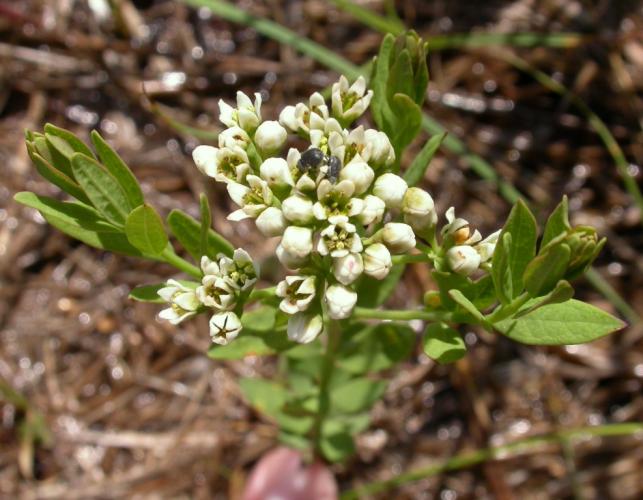



Bastard Toadflax Missouri Department Of Conservation
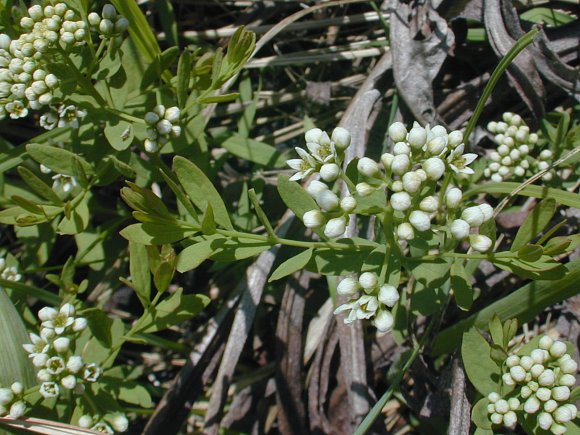



Bastard Toadflax Comandra Umbellata
Bastard toadflax Wörterbuch EnglischDeutsch Stichwörter und Wendungen sowie 1000 ÜbersetzungenEdible parts of Pale Bastard Toadflax Fruit A sweet flavour The fruit is about 10mm in diameter The small round seeds are eaten like nuts by children Other uses of the herb A blue dye is obtained from the area next to the root bark Propagation of Pale Bastard ToadflaxCharacteristics Herbaceous perennial, up to 300mm tall, with unbranched to slightly branched stems Leaves are simple, alternate, oblongelliptic, up to 25cm long, entire, hairless, sessile (no stem) or on very




Restoring The Landscape With Native Plants Discoveries Out About Comandra Umbellata
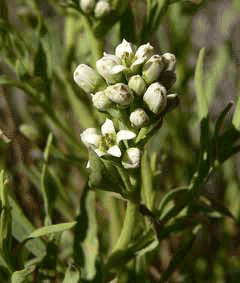



Comandra Umbellata Bastard Toad Flax California Bastard Toadflax Pale Bastard Toadflax Pfaf Plant Database
The Audubon North American Field Guide to Wildflowers tells us that Bastard Toadflax, Comandra umbellata, is a parasitic plant associated with trees and shrubs Because the little plant is green, which means it contains chlorophyll and can do photosynthesis, we know that it's not totally dependent on woody plants for its nutrition I wonder if the bastard part of theThis video describes how to kill common and Dalmatian toadflax using Green Shoots foam herbicide Common toadflax also known as butter and eggs (Linaria vul Common toadflax also known as butterIts leafy stems are either unbranched or sparingly branched The stems are light green or light reddish green, terete, and glabrous Abundant alternate leaves occur along the entire length of each stem These leaves are ¾–1½" long, ¼–½" across,
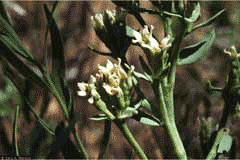



Comandra Pallida Pale Bastard Toadflax Pfaf Plant Database




Northern Exposure Gardening Northern Wild Berries And Other Edibles
Sehr selten Hegau, obere Donau Gefährdung in Deutschland Deutschland 3 (gefährdet), BadenWürttemberg 2 (stark gefährdet), Bayern 3 (gefährdet) Weltweite Verbreitung Austria,



Comandra Umbellata Bastard Toadflax Minnesota Wildflowers



Minnesota Seasons Bastard Toadflax Ssp Umbellata



Bob S Brain On Botany Late May 08



Minnesota Seasons Bastard Toadflax Ssp Umbellata



Bastard Toadflax Comandra Umbellata




Bastard Toadflax Natural Areas Notebook




Northern Exposure Gardening Northern Wild Berries And Other Edibles




Edible Mushroom Truncate Club Coral Clavariadelphus Truncatus Stock Photo Picture And Royalty Free Image Image



Comandra Umbellata Bastard Toadflax Minnesota Wildflowers
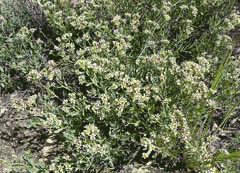



Comandra Umbellata Bastard Toad Flax California Bastard Toadflax Pale Bastard Toadflax Pfaf Plant Database
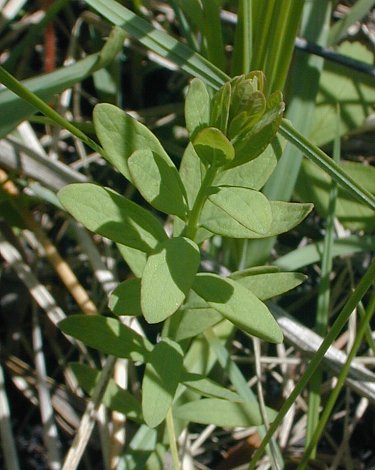



Bastard Toadflax Comandra Umbellata




Geocaulon Lividum




The Backyard Salad




Pin On My Own Thing Foraging For Those Who Don T Get It




Bastard Toadflax Tuesdays In The Tallgrass




Prime Time Prairie Flower Chasers



Geocaulon Lividum Northern Comandra




Wild Edible Plants Of North America Inaturalist



Bastard Toadflax Comandra Umbellata



Bastard Toadflax Natural Areas Notebook




Wild Edible Plants Of North America Inaturalist



Comandra Umbellata Bastard Toadflax Minnesota Wildflowers




Geocaulon Lividum




Wild Edible Plants Of North America Inaturalist




Bastard Toadflax Missouri Department Of Conservation
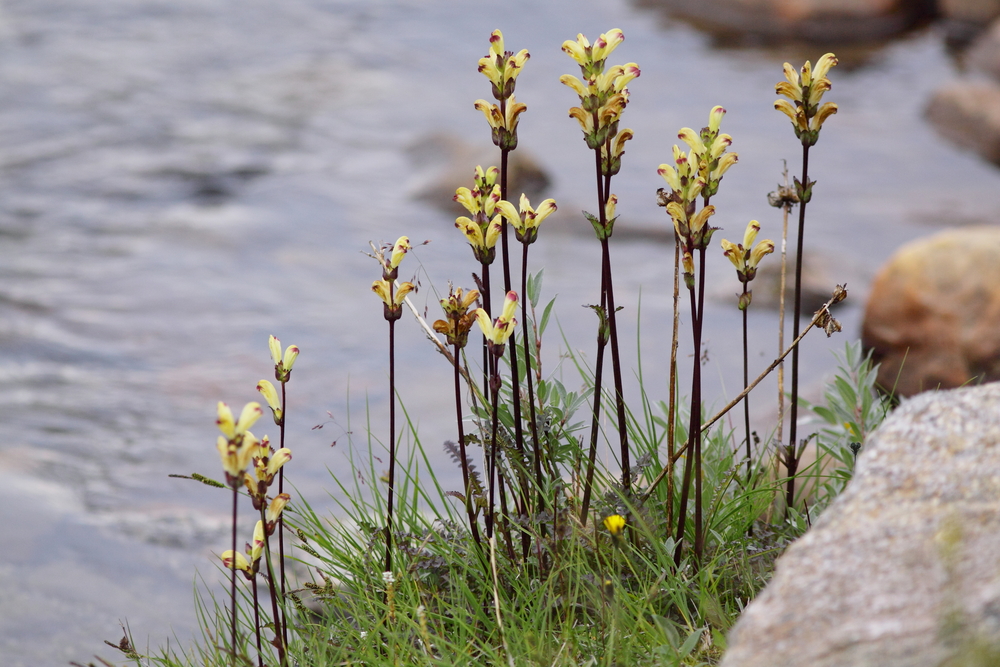



Flowers The Poisonous The Chokers The Meat Eating Floraqueen




Comandra Wikipedia




More Memorable Days In May Flower Chasers




Pale Comandra Bastard Toadflax Comandra Umbellata




Bastard Toadflax Natural Areas Notebook




Edible Wild Plants Of The Prairie An Ethnobotanical Guide Kindscher Kuhn U Kansas 1987 Onion Edible Mushroom



Minnesota Seasons Bastard Toadflax Ssp Umbellata




Bastard Toadflax Tuesdays In The Tallgrass




Comandra Umbellata Bastard Toadflax Minnesota Wildflowers




Bastard Toadflax The Nature Niche




Bastard Toadflax Comandra Umbellata L Nutt




Bastard Toadflax Missouri Department Of Conservation



Minnesota Seasons Bastard Toadflax Ssp Umbellata




Bastard Toadflax Tuesdays In The Tallgrass



The Backyard Salad
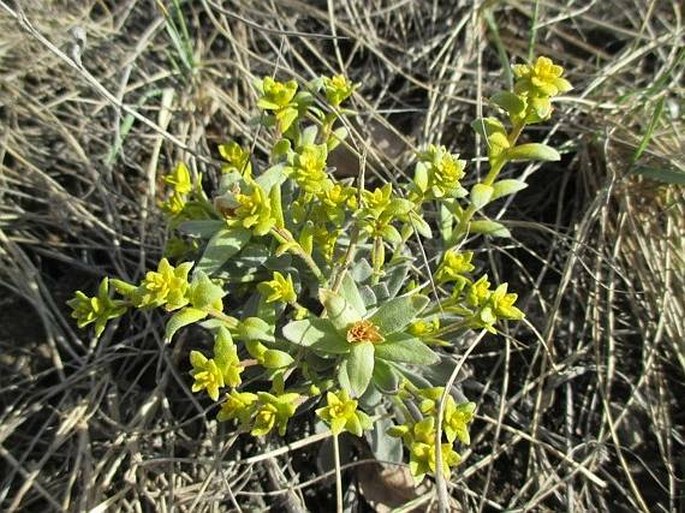



Botany Cz Comandra Umbellata L Nutt Bastard Toadflax Pale Comandra Common Comandra



Comandra Umbellata Bastard Toadflax Minnesota Wildflowers




Bastard Toadflax Tuesdays In The Tallgrass




Bastard Toadflax Natural Areas Notebook




Bastard Toadflax Natural Areas Notebook




Bastard Toadflax Natural Areas Notebook




Bastard Toadflax Tuesdays In The Tallgrass




Geocaulon Lividum



Comandra Umbellata Bastard Toadflax Minnesota Wildflowers
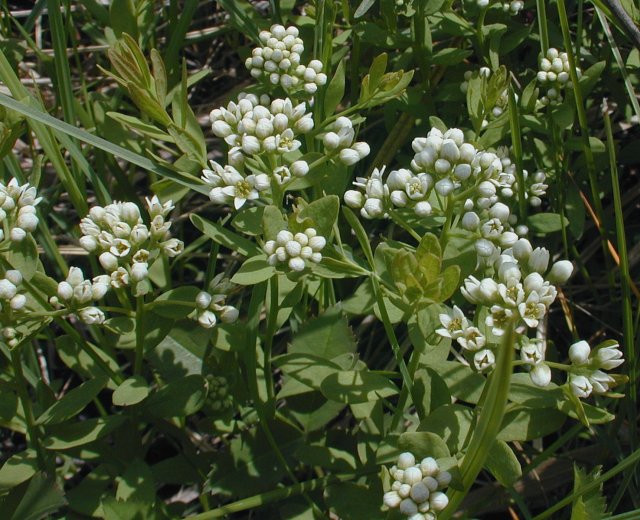



Bastard Toadflax Comandra Umbellata




Bastard Toadflax Tuesdays In The Tallgrass




Comandra Umbellata Bastard Toadflax Medicinal Uses Charles W Kane Applied Medical Botany




Pin On North American Wildflowers



Q Tbn And9gcs6cqa5tvywnjdrjzivoq J9niws5b Imc Mlutwx1y Uhyjjfs Usqp Cau



Minnesota Seasons Bastard Toadflax Ssp Umbellata




Edible Wild Plants Of The Prairie An Ethnobotanical Guide Kindscher Kuhn U Kansas 1987




Bastard Toadflax Comandra Umbellata L Nutt




Geocaulon Lividum Bastard Toadflax




Incredible Edibles A Native Plant Class




Bastard Toadflax The Nature Niche




Bastard Toadflax Natural Areas Notebook




Restoring The Landscape With Native Plants Discoveries Out About Comandra Umbellata




Bastard Toadflax The Nature Niche



Pale Comandra Bastard Toadflax Comandra Umbellata Mountain Nature Network Your Source For Plants




Bastard Toadflax The Nature Niche




Comandra Umbellata Bastard Toadflax Minnesota Wildflowers
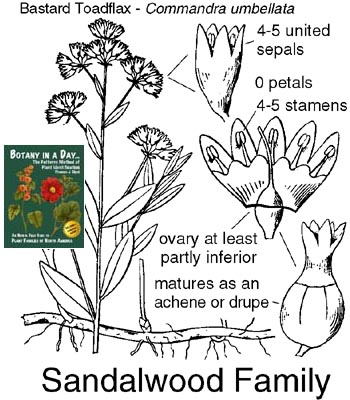



Santalaceae Sandalwood Family Identify Plants Flowers Shrubs And Trees



0 件のコメント:
コメントを投稿